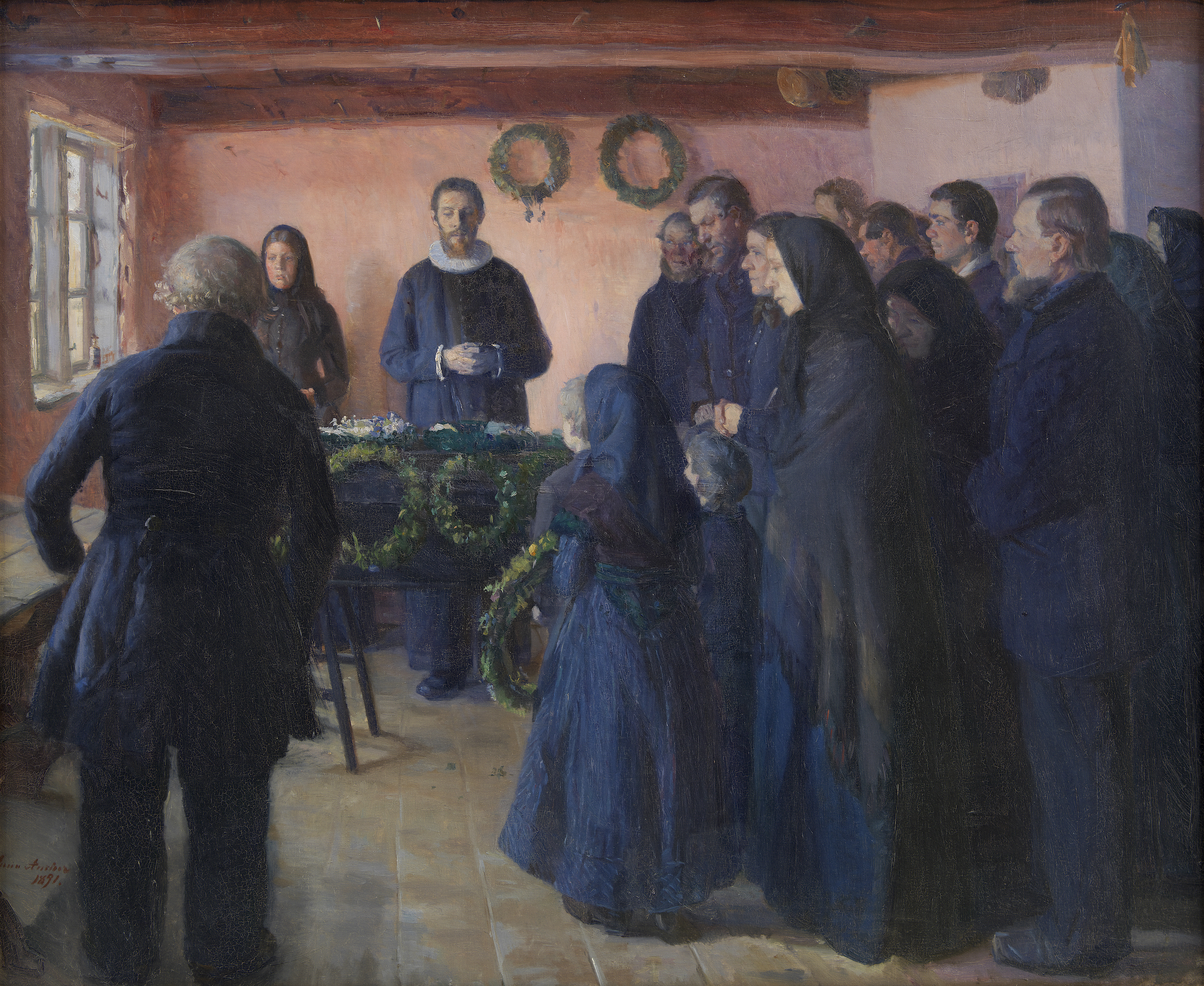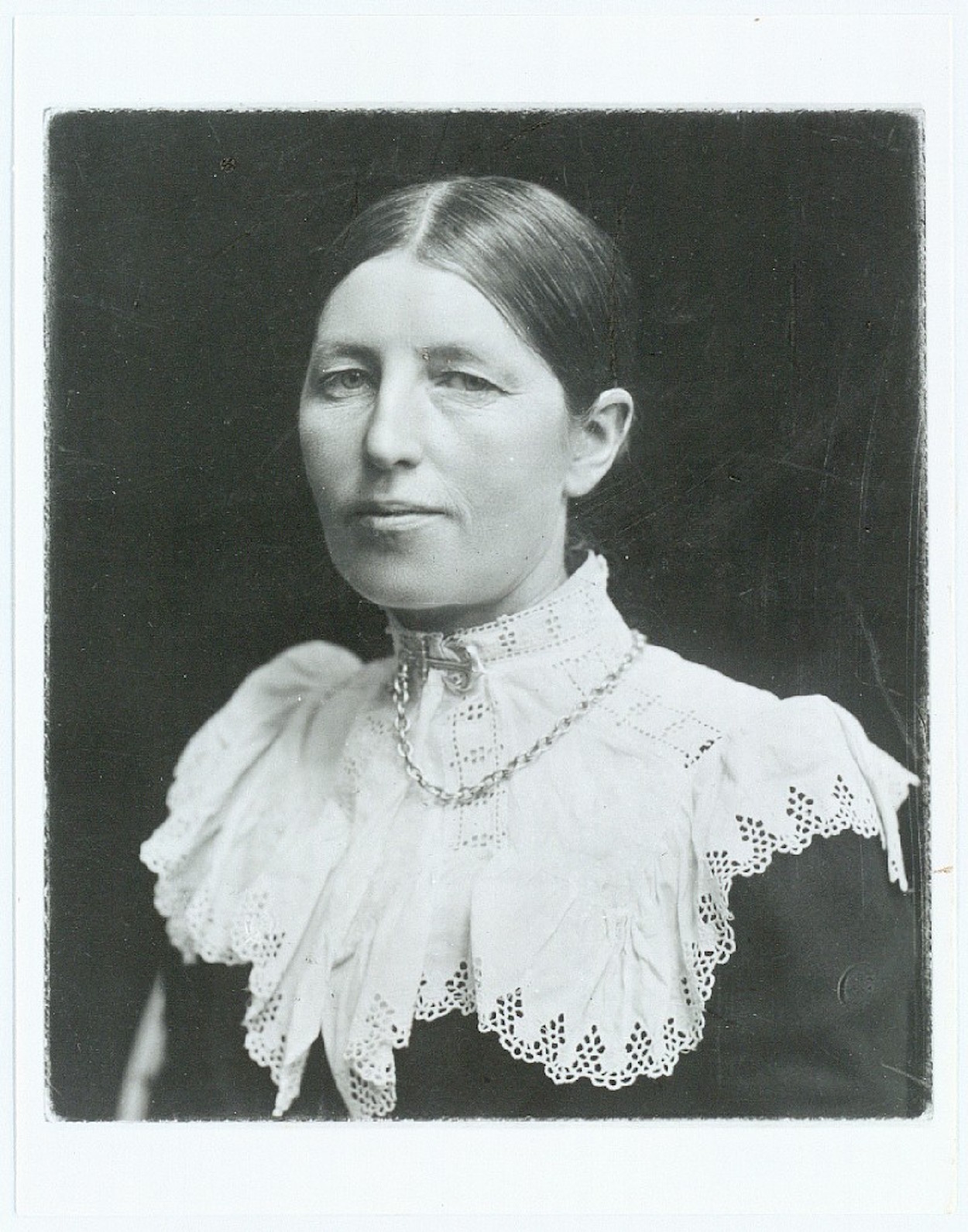This artwork is featured as a part of our celebration of Women’s History Month, together with Europeana, Europe’s platform for cultural heritage. To learn more about remarkable European women in the arts, sciences, and society, visit the online exhibition Pioneers. The painting we feature today belongs to the collection of Statens Museum for Kunst.
If you are not from Scandinavia, you might never have heard of Anna Ancher, which would be a shame! This great artist is regarded as one of Denmark’s most important Impressionists.
She was born in 1859 in Skagen, in Denmark’s northernmost and remotest region. Skagen became a summer destination for a group of Scandinavian artists who visited the village from the late 1870s until the turn of the century. The group, called Skagen Painters, included a number of artists, not only painters. They were attracted by the scenery, simplicity of life, and the quality of light that encouraged them to paint outdoors like the French Impressionists.They broke away from the rigid traditions of the Danish and Swedish art academies, preferring the modern trends they had experienced in Paris.
Anna had studied drawing in Copenhagen and Paris. After marrying fellow artist Michael Ancher in 1880, Anna continued to paint the landscapes and people of Skagen, defying the convention that married women should devote themselves to household duties. She was recognised as a very skillful character painter and colorist. Her works very often depict interior scenes from everyday life. Their subjects, usually women and children, do not make eye contact, which creates a sense of voyeurism for the viewer.
One of her more complex compositions is a painting called A Funeral. After attending a funeral of Stine Bollerhus, who, years earlier was portrayed in her first exhibited work, Anna creates this serene piece. A well-lit room contrasts with mourners’ clothing.
Their dressing is not simply black, however, but shows the artist’s mastery of color with a combination of blue, pink, and green hues.
P.S. Funerals might not be something we like to do very much but they make quite a popular scene in art. See here for 12 famous funeral paintings in Western Art.


 Anna Ancher
Anna Ancher